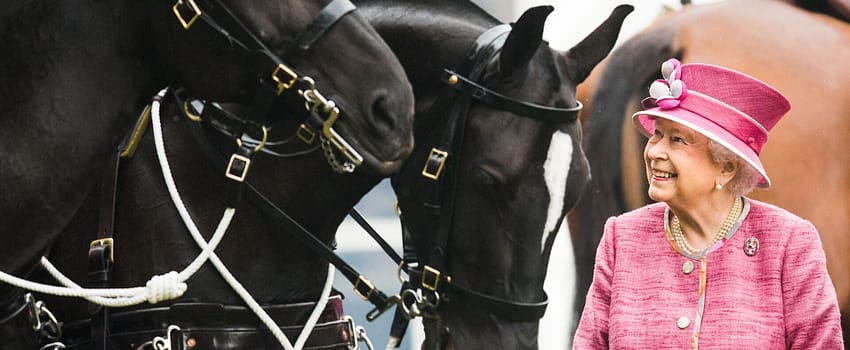
It is with great sadness the team at Equitrans acknowledges the passing of Queen Elizabeth II, the UK’s longest-serving monarch, who died at Balmoral aged 96, after reigning for 70 years.
Our thoughts are with members of the Royal family as they mourn the loss of Britain’s matriarch.
All of us at Equitrans share the deep sadness at Her Majesty’s the Queens passing. The greatest public servant, her dedication and commitment to her country and its people has always been unwavering.
Across her steadfast years of service, there was one passion which remained with her throughout it all; her love of horses and all things equestrian.
For the Equitrans team it will be the numerous Royal Windsor Horse Shows, plus the honour of being a regional strategic transport partner for the unforgettable celebrations of HM The Queen’s Life, The HMQ 90 and The Diamond Jubilee Pageants and the 2022 Platinum Jubilee that we shall remember most fondly.
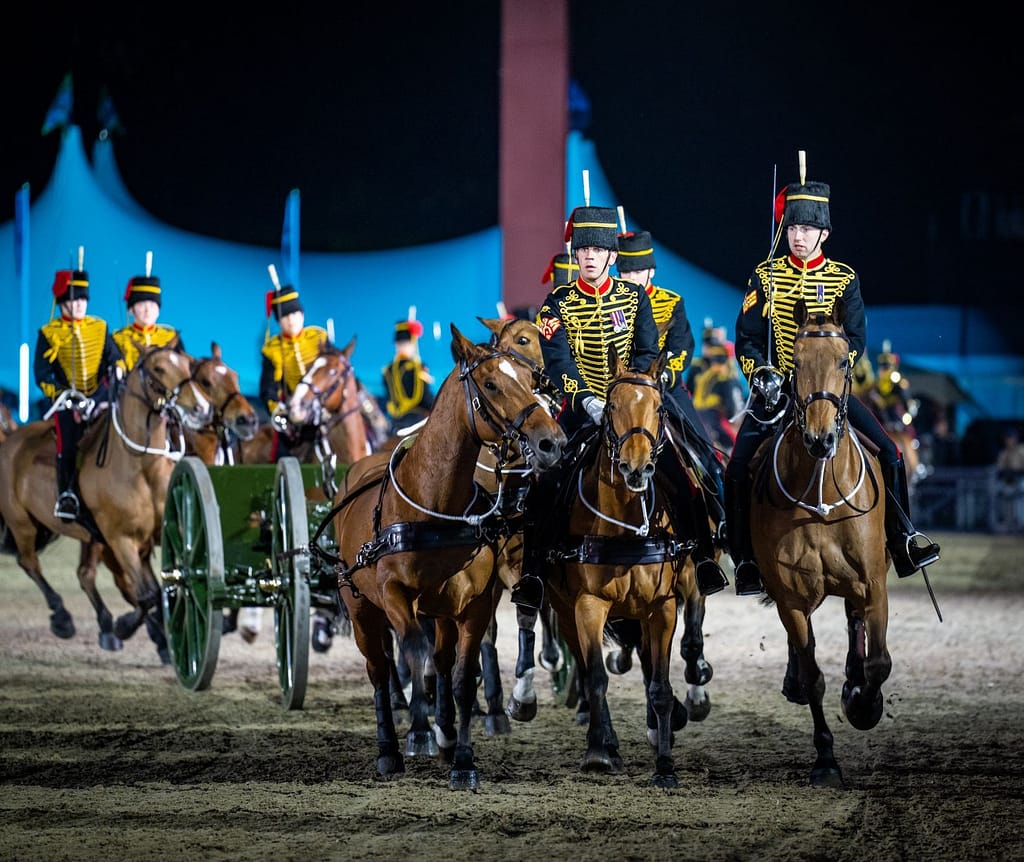
Even with declining health, May 2022 saw Her Majesty still riding her beloved Fell ponies and attend the 2022 Royal Windsor Horse Show Platinum Jubilee Event. However, by late June she decided to forgo the 243rd running of the Epsom Derby and several other equestrian events, so dear to her heart.
How it all began…
Queen Elizabeth II’s affinity with horses began back when she was only four years old with a gift of a Shetland mare from King George V, called Peggy.
Since her late teens, she has worked with them, bred them, raced them, ridden and driven them and of course shown them, all with great success.
The Ceremonial Horse
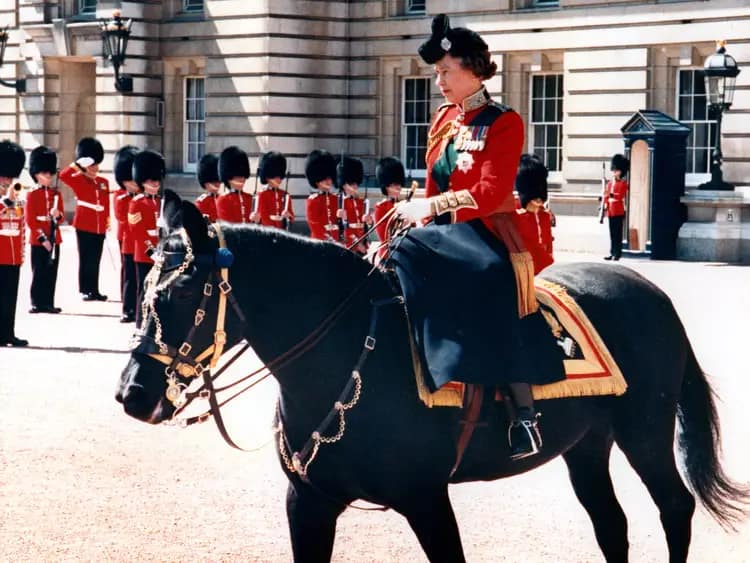
Queen Elizabeth rode side-saddle in the Trooping of the Colour Ceremony every year between 1947 and 1986, when she retired to a state carriage.
Her most cherished partner for this was the black mare Burmese who was gifted by the Canadian Mounted Police and the Queen rode for 18-years.
Burmese was a product of the Royal Canadian Mounted Police (RCMP), breeding programme in Canada. By the age of five she was a firm favourite with the recruits and was designated lead horse in the RCMP’s well-known Musical Ride performance at Royal Windsor. It was during the 1969 show the RCMP team learned Queen Elizabeth was looking for a new horse and they offered her Burmese.
One of the most memorable Trooping of the Colour events was when in 1981 blanks were fired from the crowd towards the Queen, spooking Burmese, yet both horse and rider regained control quickly and the perpetrator was later arrested and charged with treason.
British Horse Breeding
While Queen Elizabeth II was known globally for her breeding of racehorses, she also bred top quality native horses and ponies, including Fell and Highland ponies and Cleveland Bay horses.
Highland Ponies
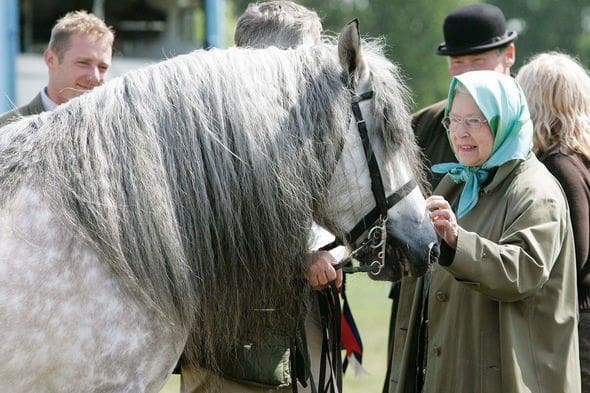
The Highland Stud is located in the grounds of Balmoral Castle and places focus on creating extraordinary work horses (carrying the red deer carcases off the hillside during shooting expeditions).
Manager Sylvia Ormiston, told Scottish Field Magazine, “she focuses on ‘true to type’ working Highland pony lines… all about brain and bone – plenty of leg bone and plenty of calm intelligence – and no fizz or sharpness, as they have to be extremely calm, steady and unfazed by their work on the hill.” She also places importance on, “nice big solid feet and strong loins but temperament comes above all else.”
The Cleveland Bay
The ancient British breed was used for farm work and later to pull artillery during times of war, but by the 1960s the breed numbers had dwindled to such an extent that only four stallions remained. The Queen took interest and purchased the stud Mulgrave Supreme.
Over the following decades, her interest in the breed coupled with her uses for the breed as both carriage and ceremonial animals, together with part-breeds being used for jumping, eventing and hunting, effectively removed the Cleveland Bay from the endangered breed register.
Today the Queen’s Cleveland Bays are housed at the Royal Mews together with the state carriages and the Windsor Greys. Interestingly, the Windsor Greys are not actually a breed, but a ‘type,’ selectively chosen and bred by the Royals for the sole-purpose of pulling the Royal ceremonial carriages.
The Queen also owns a Fell pony stud based at Hampton Court and is patron of the Fell Pony Society.
Sports Horses
Polo

While most people are aware of the Queen’s passion for racing, her polo pony breeding and training is somewhat less well known. However, she was always a strong supporter of her husband Prince Philip’s passion for the sport of kings and later her son Charles and his sons, Prince William and Harry.
In fact, it was her polo-pony breeding programme which produced Doublet, the Thoroughbred cross with which Princess Anne won the European Eventing Championships at Burghley in 1971. Writing for Horse and Hound, the Queen’s head groom, Terry Pendry said, The Queen bred both the horse and the rider!”
Queen of the Turf
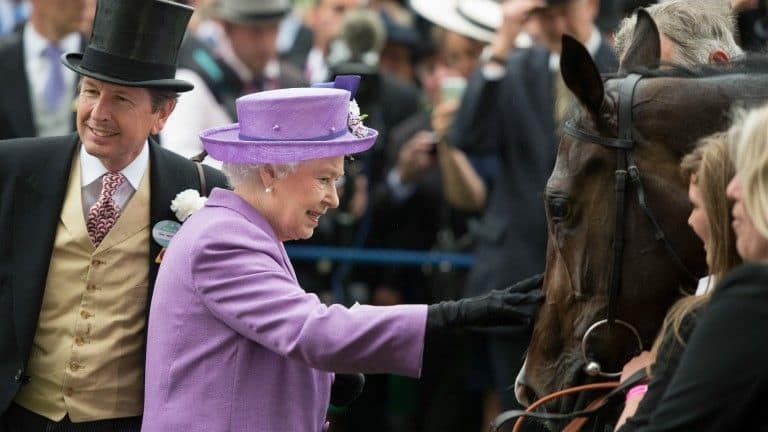
The Queen’s Thoroughbred racehorses have always been bred at The Royal Studs, in Sandringham, Norfolk and the facility is officially the oldest Thoroughbred breeding centre in the world.
The Royal Studs cover around 300 acres and include; Sandringham Stud, Wolferton Stud, Friar Marcus Stud and Polhampton Lodge Stud.
According to Tatler Magazine the Queen has accumulated no less than 531 wins by around 3,280 runners – winning a staggering 16 per cent of her races.
The magazine went on to note, “It’s estimated that the monarch has won around £7.5 million in prize money over the years, bringing in around £294,000 last year alone, and an astounding £572,000 in 2019… given the cost involved her involvement in racing is no doubt motivated not by the pursuit of profit, but rather her passion for horses and deep-rooted love for the sport.”
Never happier than on a racecourse, the Queen had many incredible horses. Her first was surely the filly Carrozza, winner of the 1957 Epsom Oaks. Highclere another filly owned and bred by the Queen not only won impressive Group one races in the UK and France but went on the become a top-class broodmare too.
Estimate won her both the Gold Cup and the Queen’s Vase Stakes at Royal Ascot. Possibly her finest horse was Dunfermline, who won not only the Epsom Oaks fillies’ Classic, but also the 1977 St Leger Stakes.
A Family Affair
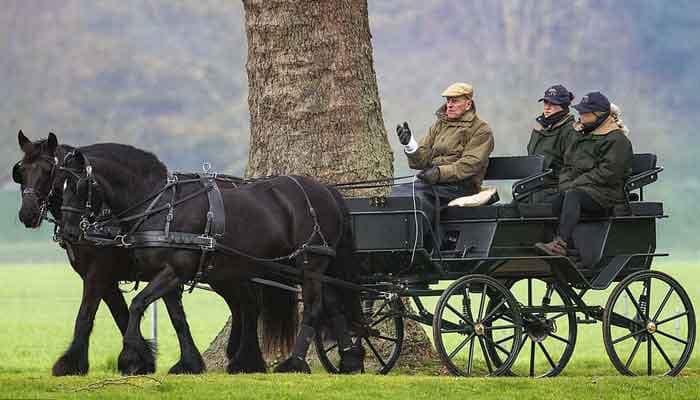
Her Majesty also enjoyed sharing her passion, encouraging her family members to discover their own unique equestrian path. Most notable must be her late husband Prince Philip who served as President of the FEI from 1964 to 1986, and was a world-class Driving athlete who won World Championship gold in 1980 with Great Britain.
It was During his tenure as President, Prince Philip instigated the FEI Jumping Nations Cup™ series, which is now a major part of the elite athletes’ calendar, and actively encouraged the launch of the FEI Jumping World Cup™ in the 1970s. He was also instrumental in the creation of the FEI World Equestrian Games™, having lobbied for such a competition for many years before it was finally staged for the first time in 1990.
Also of note, is the Princess Royal Princess Anne who was for more than five years, a member of the British eventing team, with her home-bred horse, Doubet. She won a silver medal in both individual and team disciplines in the 1975 European Eventing Championship while in the following year, Anne participated in the 1976 Montreal Olympics as a member of the British team, riding the Queen’s horse, Goodwill.
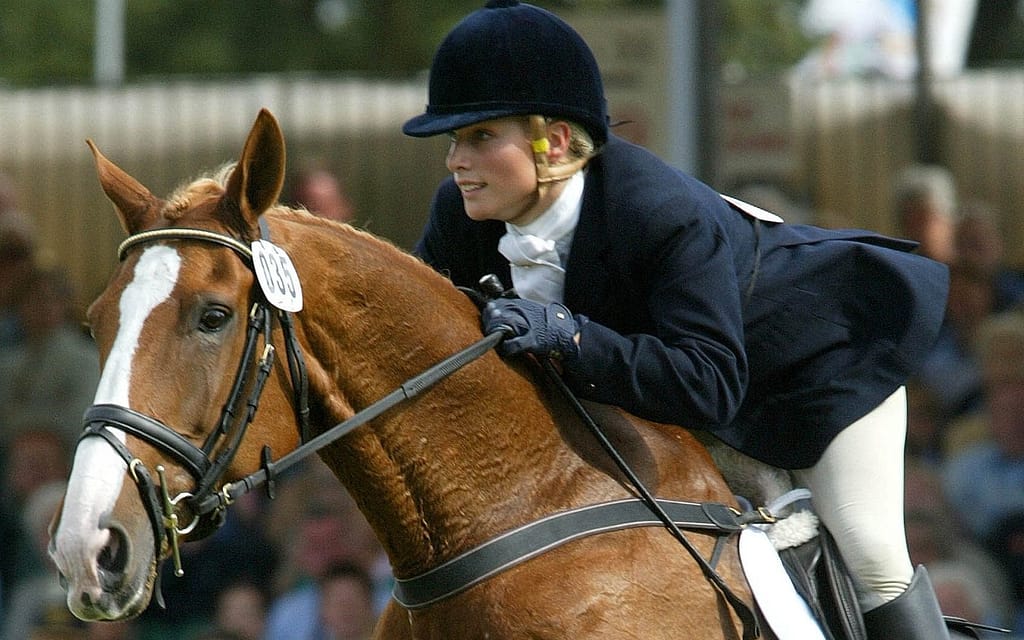
Princess Anne’s daughter Zara Tindall is also an eventer having won the Eventing World Championships in Aachen in 2006 and silver in the 2012 London Olympics.
There is no doubt Her Majesty’s equestrian legacy will live on in all those who’s lives she touched, through the bloodlines she created and the incredible annual events which promote and share the animals which so completely won her heart.